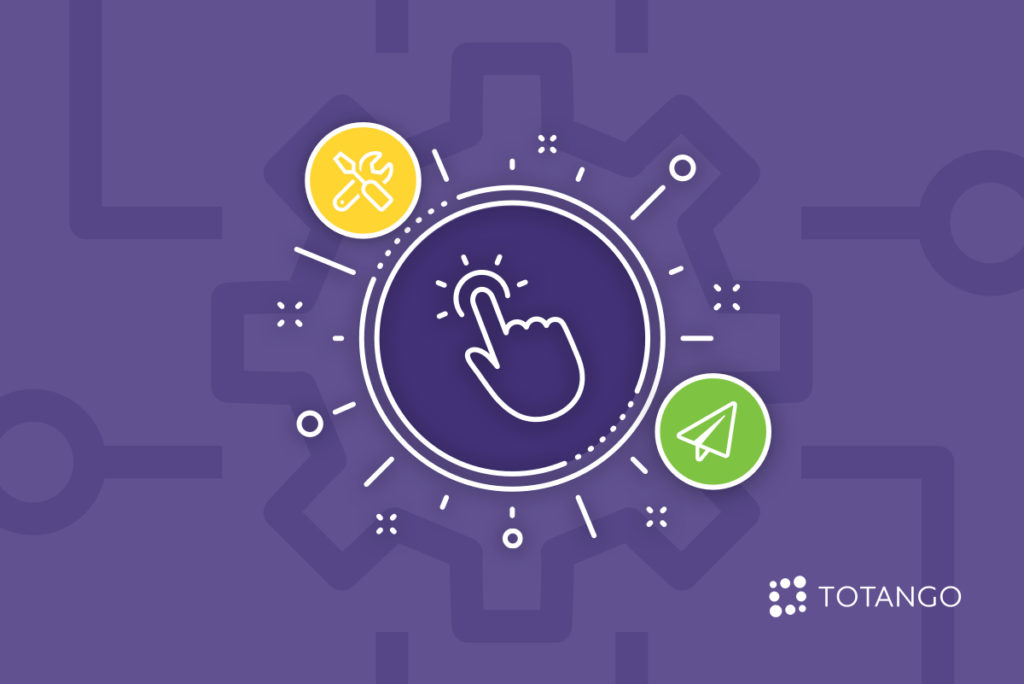Escalation processes can determine whether a customer renews or churns. This makes your escalation management strategy a key to effective customer retention. In this blog, we’ll highlight some ways smart use of automation can help you improve your escalation processes. We’ll start with a review of what customer escalation is and where it fits into your customer’s journey. Then we’ll look at three specific ways automation can help you optimize your escalation processes. We’ll see how automating escalation best practices can help you de-escalate potential problems and steer customers back onto a path toward satisfaction and retention.
What Is a Customer Escalation?
A customer escalation is a support situation where an initial attempt to resolve a customer’s ticket has failed and the ticket has to be passed on to the next stage in the support process. For example:
- A customer attempts to resolve their problem by using a chatbot but does not receive a satisfactory solution
- A customer attempts to reach out to a human agent, but fails to connect with a live support representative within a satisfactory amount of time and gives up
- A customer chats or speaks with an agent, but the representative fails to solve their problem, requiring intervention from another team member
Escalations may occur at different points in your customer journey. Some customers may experience difficulties onboarding. Others may have trouble adopting advanced features. Still, others may experience billing difficulties during the renewal process. Where escalations tend to occur in your customer journey will depend on the specifics of your product.
In escalation situations, customers may become frustrated, increasing churn risk. The next steps you take can determine whether you lose or retain your customer. The better you plan your escalation strategy and the more efficiently you execute it, the higher your retention rate will be.
3 Ways Automation Can Improve Your Escalation Processes
Technology can help you optimize your escalation process by empowering you to create automated workflows which get triggered when your customer data indicates you have an escalation situation. This enables you to create a data-driven escalation management framework structured around best practices implemented automatically as the situation calls for.
Three important processes you can automate to improve your escalation management are:
- Assigning support tickets
- Following up on communication with customers
- Delivering support resources to customers
Handling these processes with automated efficiency can help you reduce customer wait time during escalations and deliver targeted support that meets your customers’ needs. Let’s look at how automation can support each of these strategies.
1. Dynamic Assignment of Support Tickets
The Totango platform’s Dynamic Assignment feature represents a new approach to delivering customer success and support. Instead of having each account assigned to an individual customer success manager, Dynamic Assignment uses customer data to automatically pair support tickets with the members of your staff best equipped to provide relevant solutions, whether this be a customer success manager or someone from another department. For instance, an inquiry about a software feature might call for input from an expert in tech support. Another example could be a case of detecting when a customer has multiple open tickets or when a ticket has been unresolved for an extended period of time, you dynamically assign a resource to assess if there’s a larger issue and handle it appropriately.
This allows you to leverage customer data to deliver personalized support for escalations much more efficiently. By immediately pairing customers with the right support resources, you can handle many more support tickets on a larger scale, while maintaining a personalized touch tailored to individual customer data.
2. Automated Follow-up Communication to Ensure Successful Resolution
After a customer reaches out for assistance, prompt follow-up communication forms a critical part of effective support. A delayed response to an escalation may increase customer frustration, compounding the original issue and increasing dissatisfaction.
Automating your follow-up process helps you shorten response time while ensuring that the right person reaches out to the customer. Automatic alerts and reminders instantly advise the appropriate personnel of escalation situations to promote a timely response and resolution.
3. Automated Emailing of Relevant Resources
Resources such as knowledge bases and tutorials play an important role in delivering effective support. Delivering these tools to customers efficiently can help you manage escalations.
An efficient way to deliver resources to customers is automated emails. You can set up workflows that email specific links to customers when they encounter particular issues. This method can also be used to help provide your support team with the appropriate resources for assisting customers.
Automate Best Practices for Better Escalation Management
An escalation occurs when your customer’s initial attempt to procure support meets a barrier, prompting their ticket to be passed along to the next stage of your support process. How you respond can determine whether you keep or lose the customer.
Automating escalation best practices helps you optimize your support process, reducing customer frustration and increasing satisfaction and retention. Dynamic Assignment of support tickets can help you rapidly steer cus

